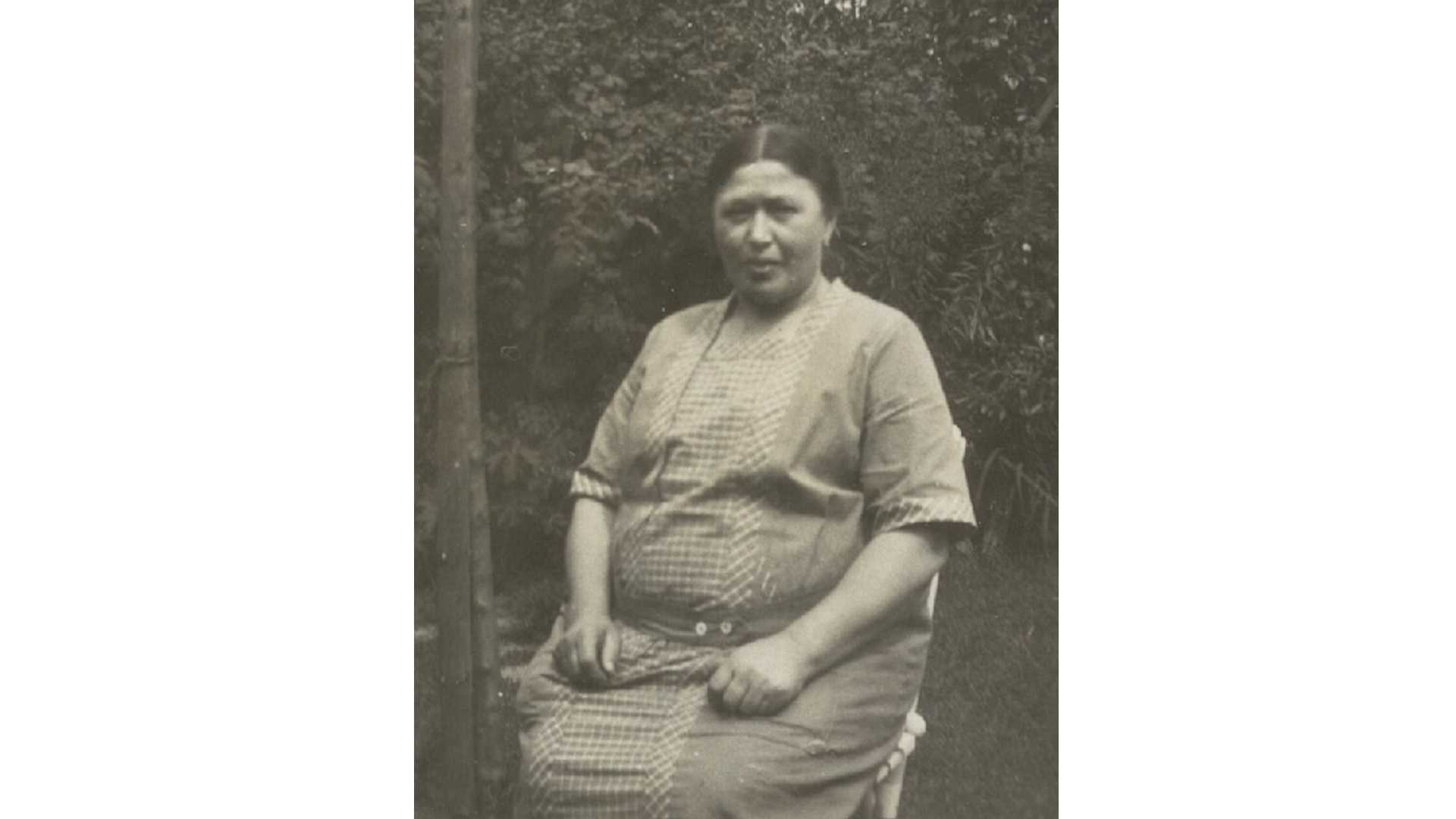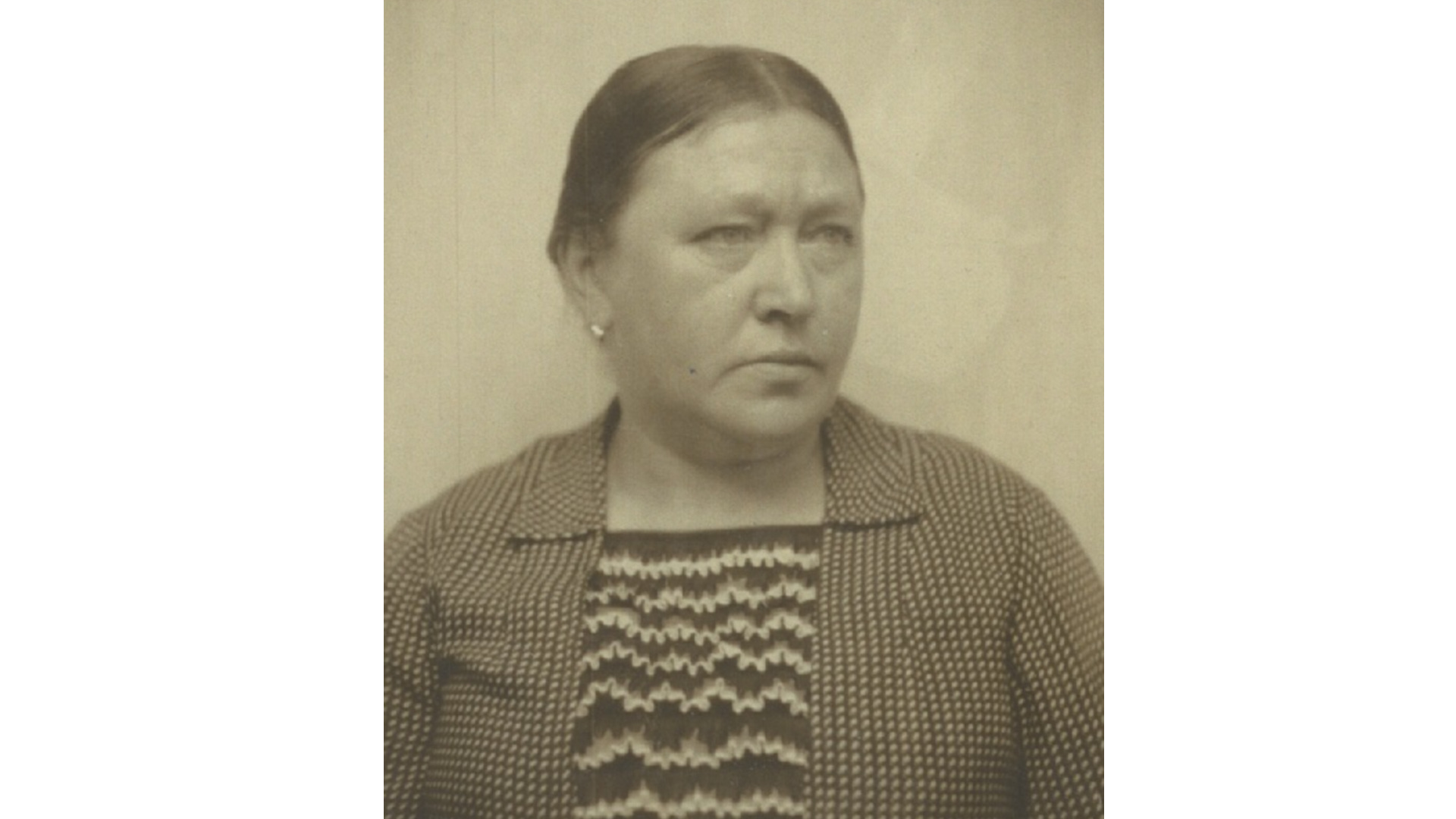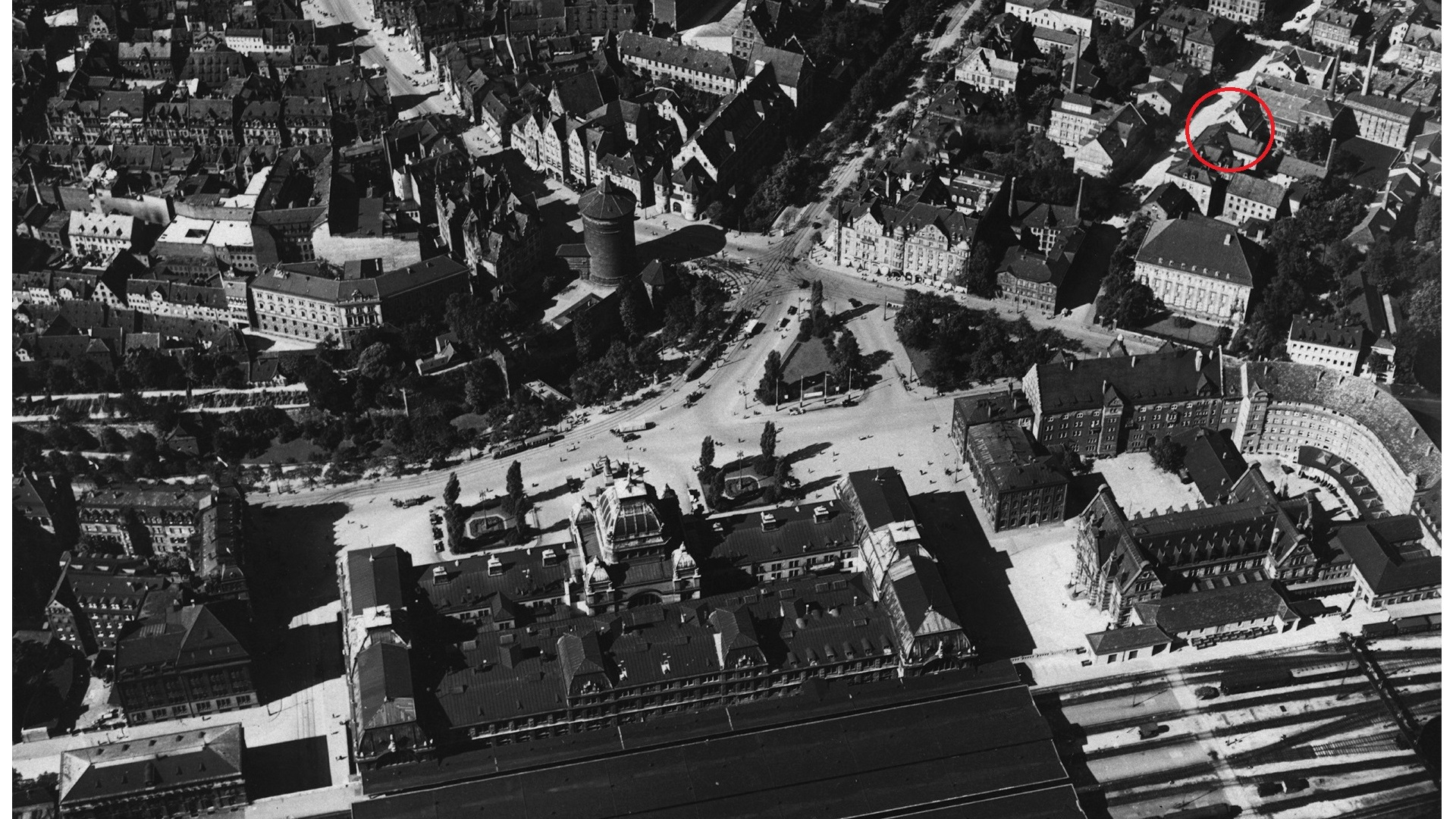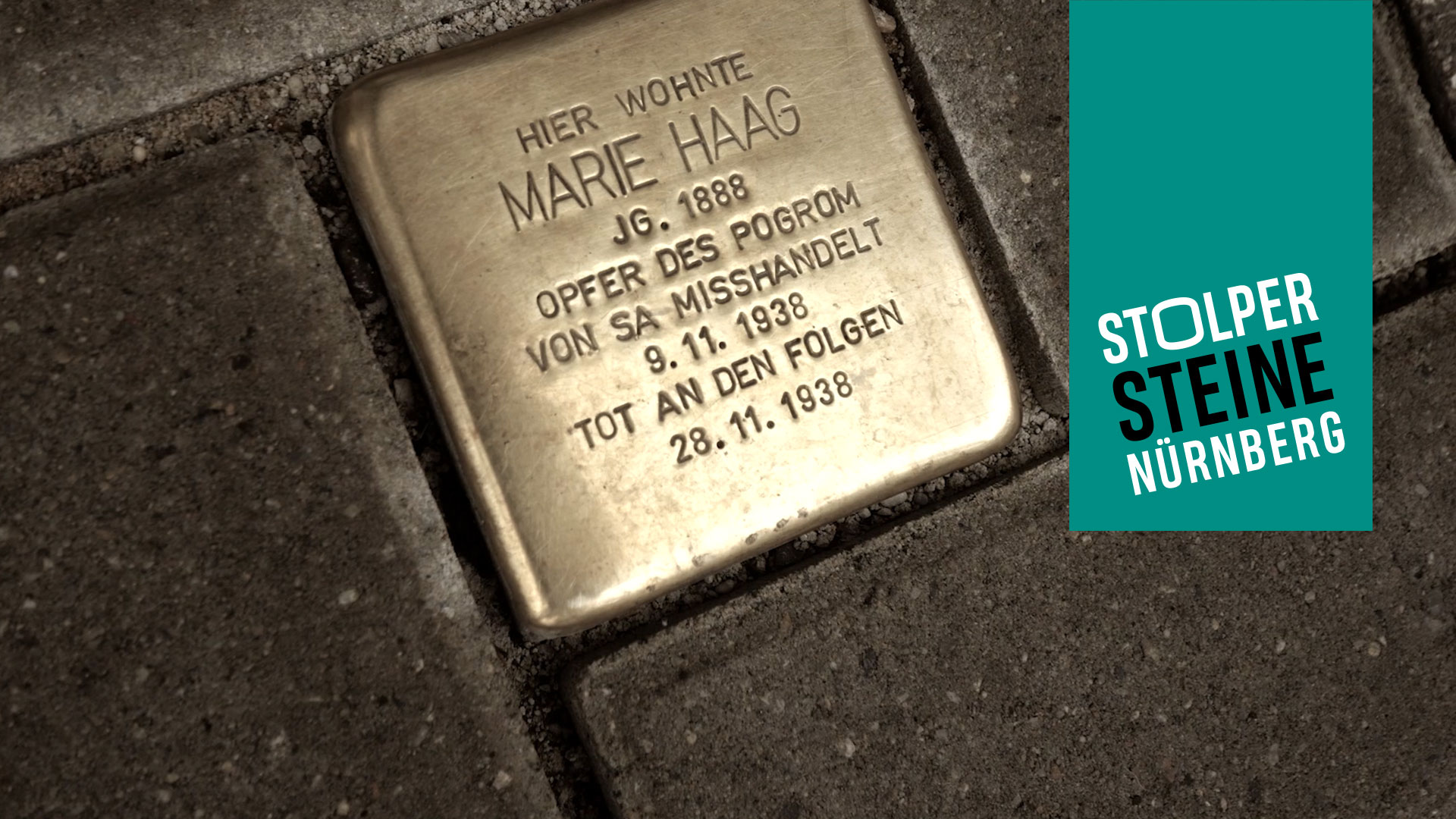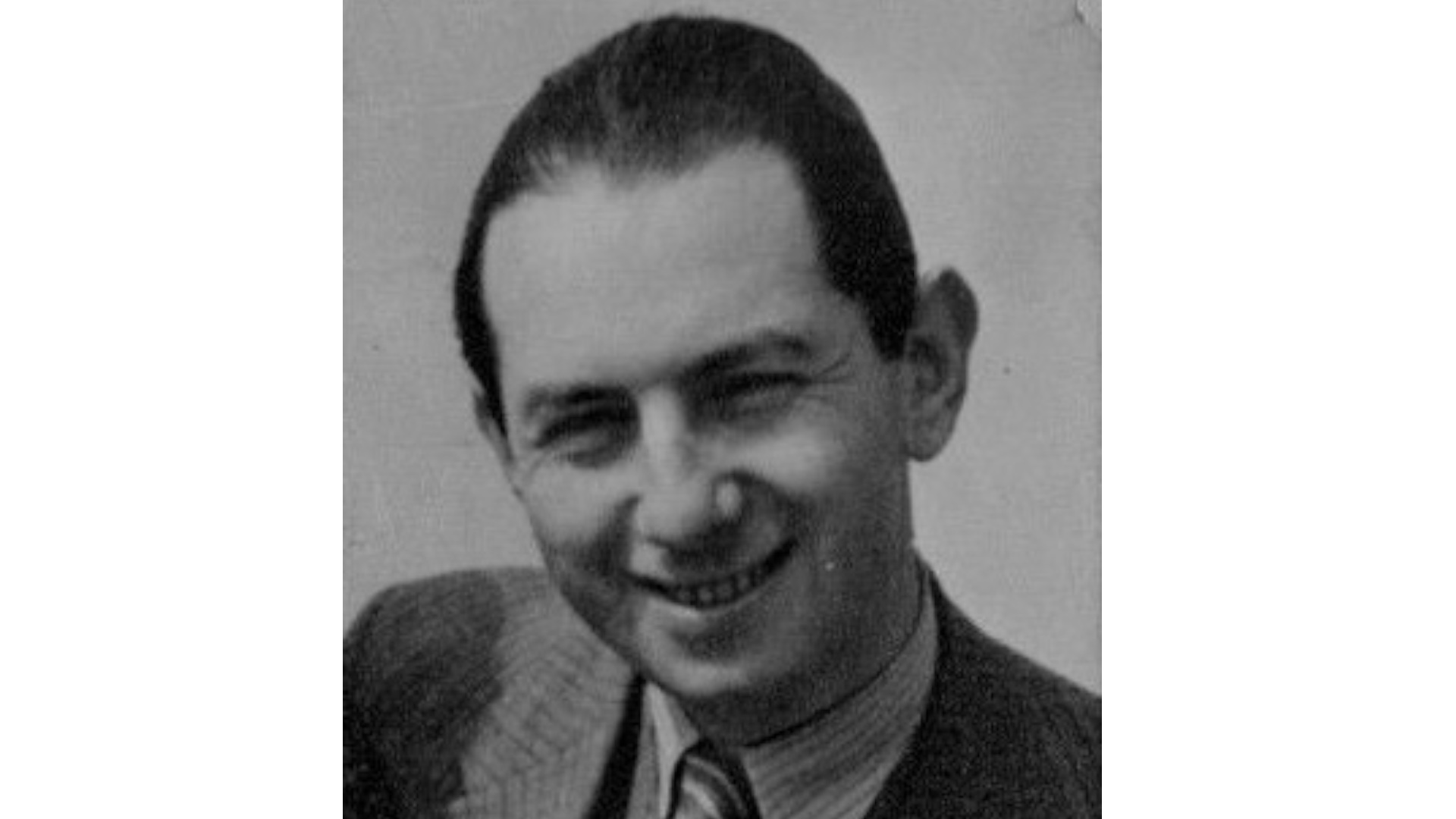| Location of stone: Gleißbühlstrasse 13 | District: Marienvorstadt |
| Laying of stone: 26 June 2022 | Sponsor: Andreas Landenberger |
Biography
On 26 June 2022 Gunter Demnig laid ten stumbling stones at eight different locations in the city. They included a stone for Marie Haag, an “Aryan” who was attacked by SA men during the “Night of Broken Glass”.
The so-called Night of Broken Glass from 9-10 November 1938 was a turning point in the increasing persecution of Jews by the National Socialist state. Throughout the German Reich, Jews were subjected to brutal violence in public. It is not surprising that the violence was particularly excessive in Nuremberg, the city of the Nuremberg rallies, the racist Nuremberg Laws and the radical anti-Semitism of Julius Streicher. In Nuremberg more than 20 people died, either during the night, or later as a consequence of the violence they had suffered. One of the murder victims was Marie Haag.
Marie Haag was born into a Protestant family on 1 June 1888 in Kaierberg, a small village near Feuchtwangen. Her parents were Georg Haag and his wife Margarete (née Schumann). In 1926 Marie moved to Nuremberg. In the years that followed, she worked as a domestic for various families.
From September 1935 onwards it was difficult for Jews to find domestic staff. Under the “Nuremberg Laws”, promulgated in September 1935, Jews were not allowed to employ non-Jewish domestics under the age of 45. In October 1937 Marie Haag started to work as a domestic for the widowed hop trader Otto Tuchmann. She was 49 years old at the time. As was the custom, she lived in her employer’s house.
According to the court records, a group of SA men stormed the apartment on the night in question and Marie received a blow to the head. Eleven days later she collapsed in the apartment and was taken to the municipal hospital, where she died on 28 November 1938. The post-mortem examination concluded that her death had been caused by a brain haemorrhage. In his statement to the prosecution, the head of the institute of pathology at the hospital said “that a consequential link between the blow to the head and the cerebral apoplexy which resulted in death is possible and cannot be discounted.”
Sources:
- Nuremberg City Archives, C 21/I registration card.
- Nuremberg City Archives, C 90 No. 159 section report.
- Dominik Radlmaier: Marie Haag: a non-Jewish Victim of the Night of Broken Glass, Nuremberg 2015.

